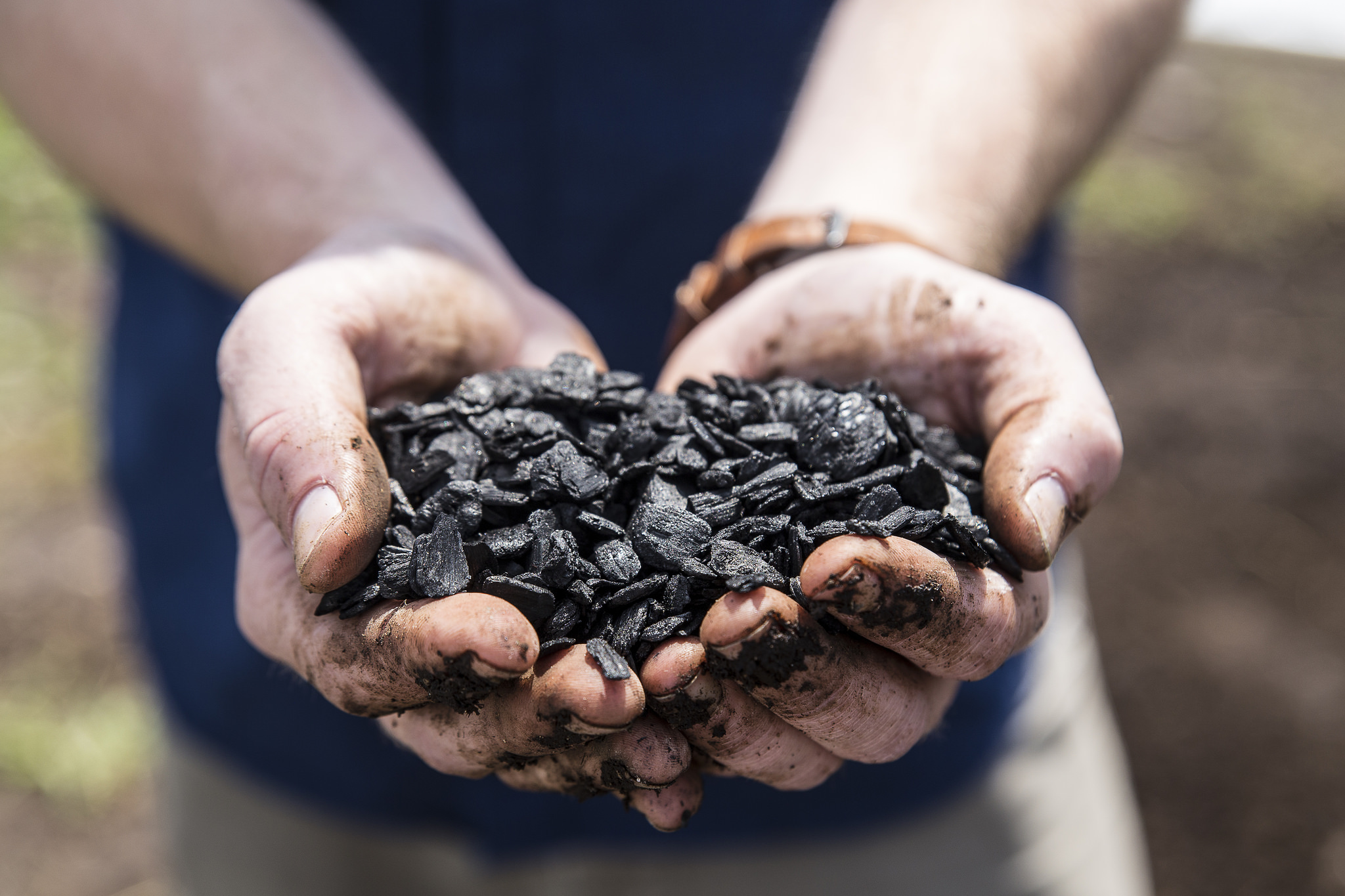Biochars multifunctional role as a novel technology in the agricultural, environmental, and industrial sectors
Authors: Jeff Novak, Kyoung S Ro, Yong Sik Ok, Gilbert C Sigua, Kurt Spokas, and Sophie Uchimiya
1. Introduction
The utilization of biochar as an amendment to improve soil health and the environment has been a catalyst for the recent global enthusiasm for advancing biochar production technology and its management (Atkinson et al., 2010; Verheijen et al., 2010). This rapid rise in understanding biochar technologies is a pro-active response to the anticipated stresses of meeting future global nutrition demands while also sustaining environmental quality. Hearty research efforts using biochar are focusing on improving soil health characteristics to obtain higher crop yields. Moreover, there is increasing realization that sustainable food security will be difficult to maintain considering future climatic shifts and the impact on agronomic and environmental systems. Employment of biochar as a specialized soil amendment provides a practical approach to address these anticipated problems in the agronomic and environmental sectors (Mukherjee and Lal, 2013; Zhang and Ok, 2014).
Biochar is produced by thermal pyrolysis of organic feedstocks under a very low oxygen atmosphere (Laird, 2008) or through hydrothermal carbonization of wet organic material by high pressure and mild temperatures (Libra et al., 2011). The thermal and hydrothermal processes, respectively, results in a product referred to as biochar and hydrochar. Both of these materials are highly porous, carbon [C] rich solids that contain a myriad of organic structures as well as inorganic elements. Biochars have been characterized using 13 C nuclear magnetic resonance spectroscopy as having a high proportion of highly-condensed aromatic graphene-like structures (Baldock and Smernik, 2002; Novak et al., 2009; Cao et al., 2011), which are known to increase soil C sequestration because of their resistance to microbial oxidation (Glaser et al., 2002; Sigua et al., 2014). The inorganic chemical composition of the ash material is an important soil fertility characteristic since
the ash is comprised of plant macro (e.g., N, Ca, K, P, etc.) as well as micro-nutrients (e.g., Cu Zn, B, etc.;Spokas et al., 2012; Ippolito et al., 2015). Besides boosting soil fertility conditions, biochar application to soils can increase their nutrient retention (Laird and Rogovska, 2015), improve water storage (Kinney et al., 2012; Novak et al., 2012), bind with pollutants (Uchimiya et al., 2010; Sun et al., 2011; Ahmad et al., 2014; Mohan et al., 2014), and mitigate greenhouse gas emissions (GHG;
Cayuela et al., 2014). These reports demonstrate that biochar can have multfunctional roles in the agricultural and environmental sectors.

